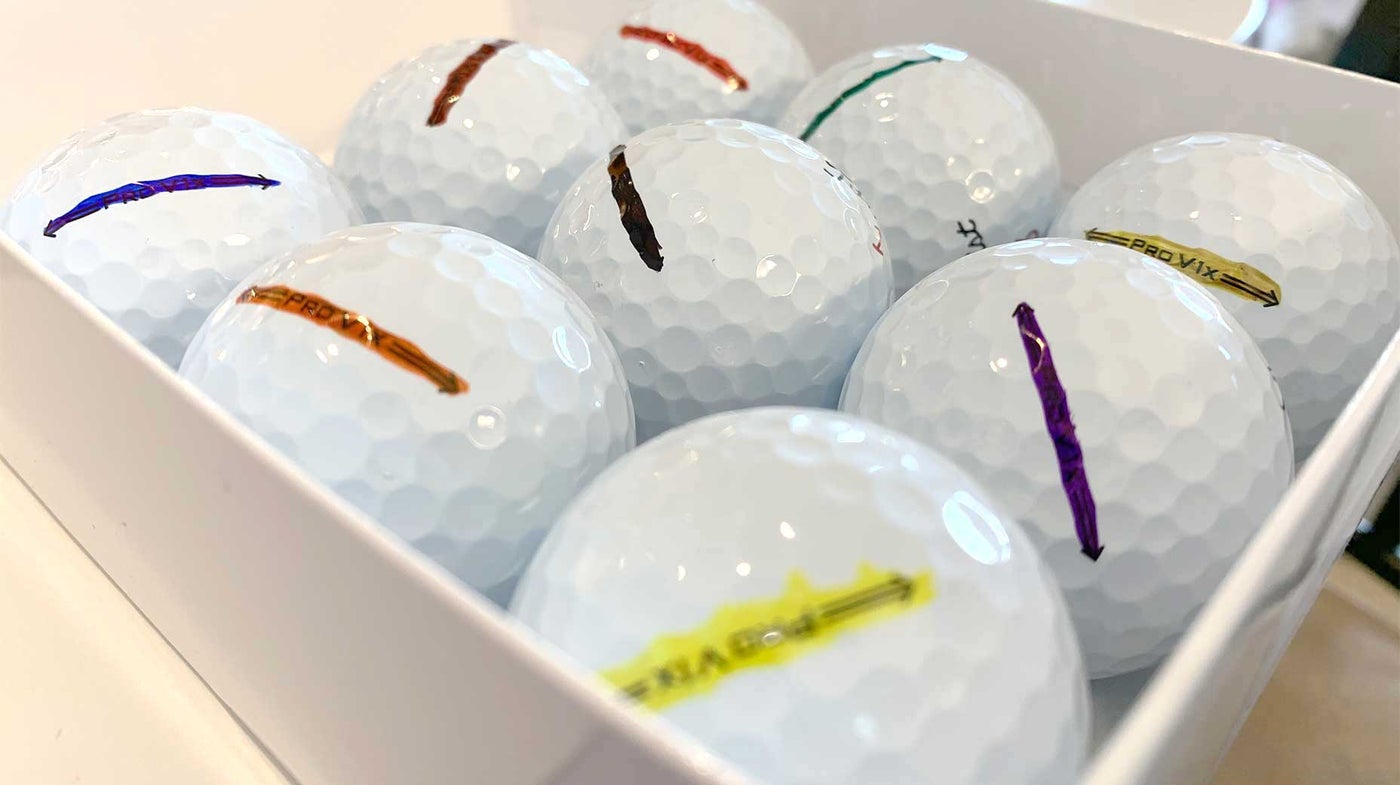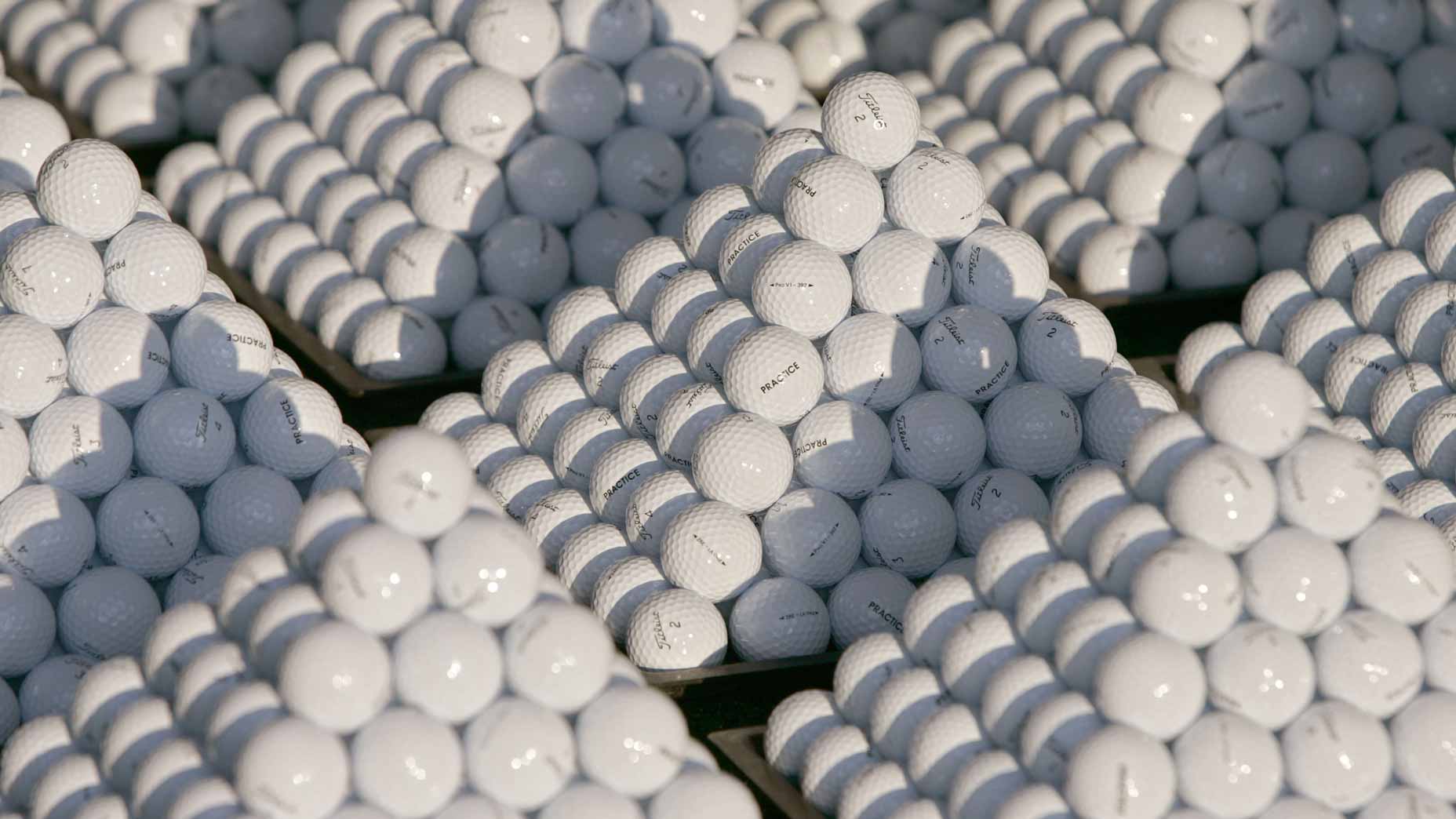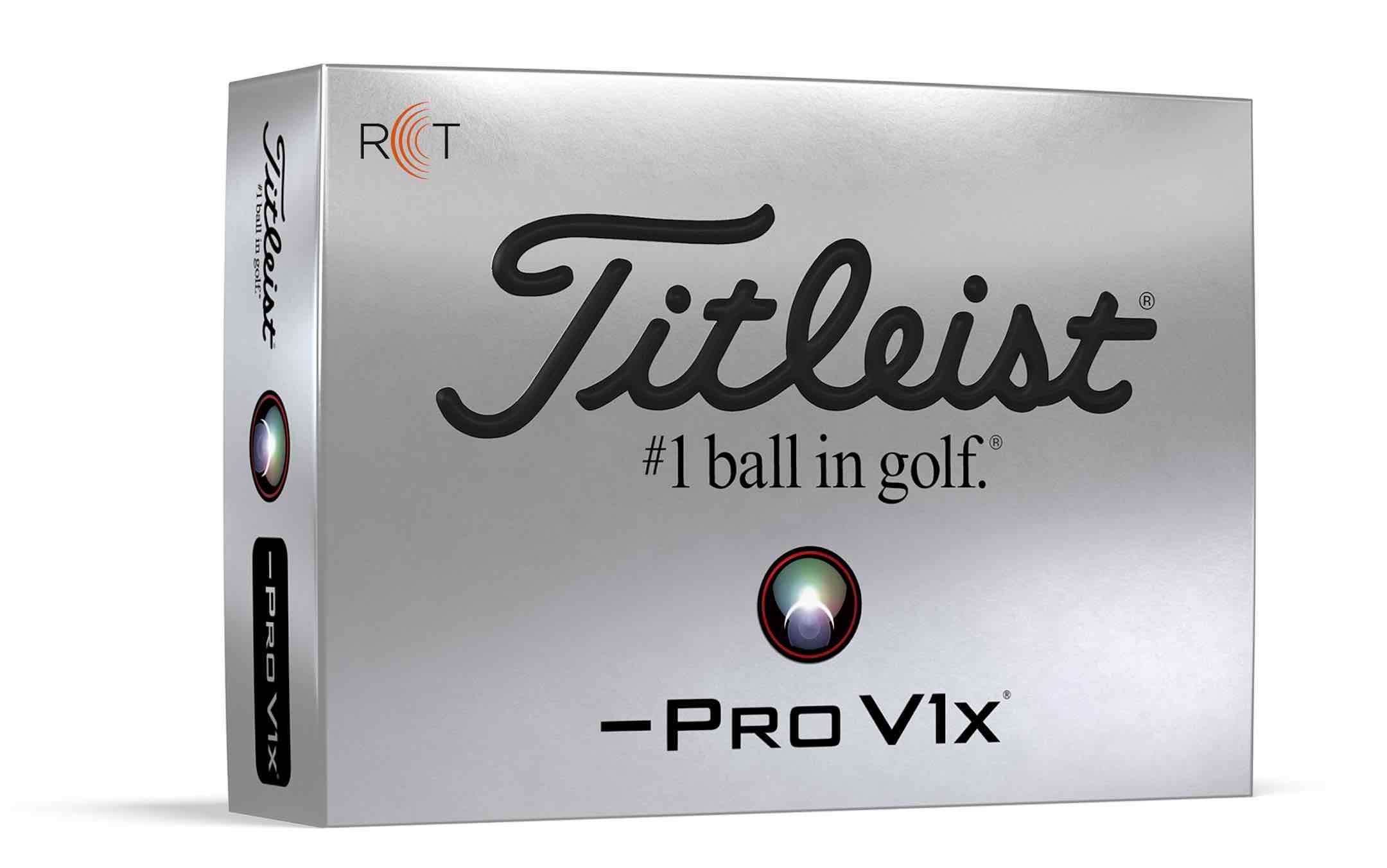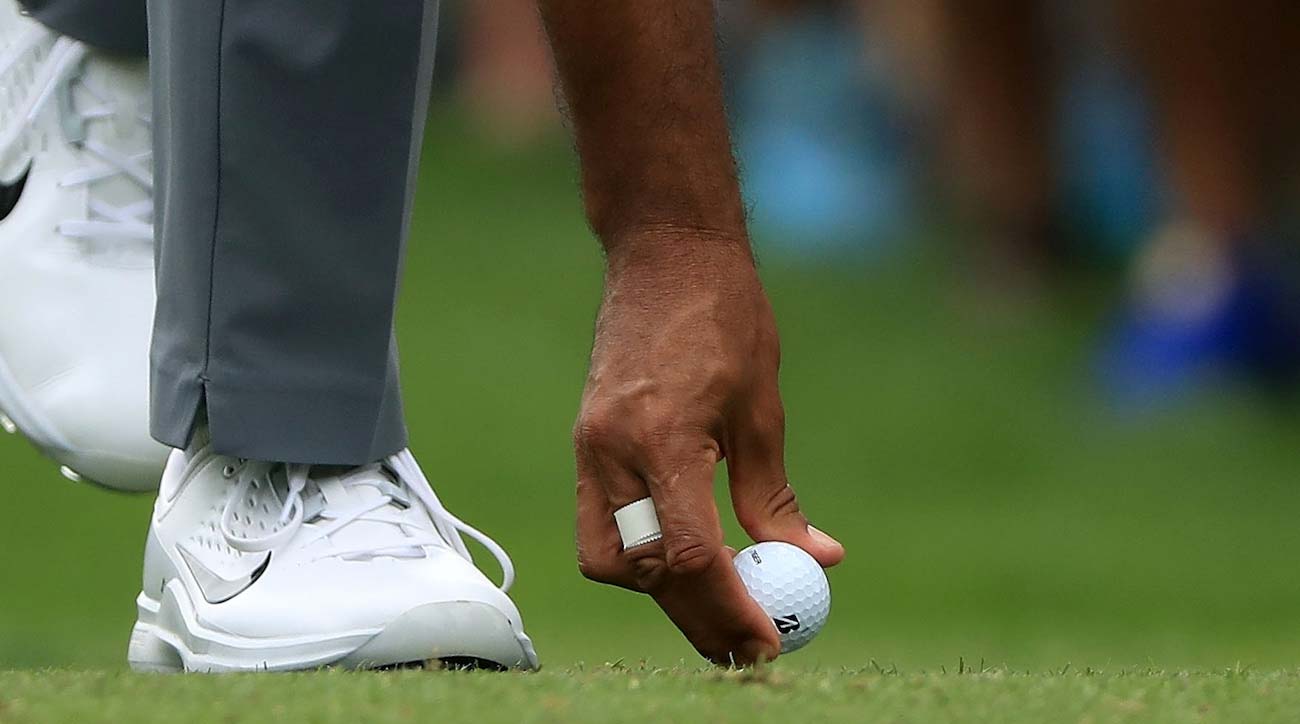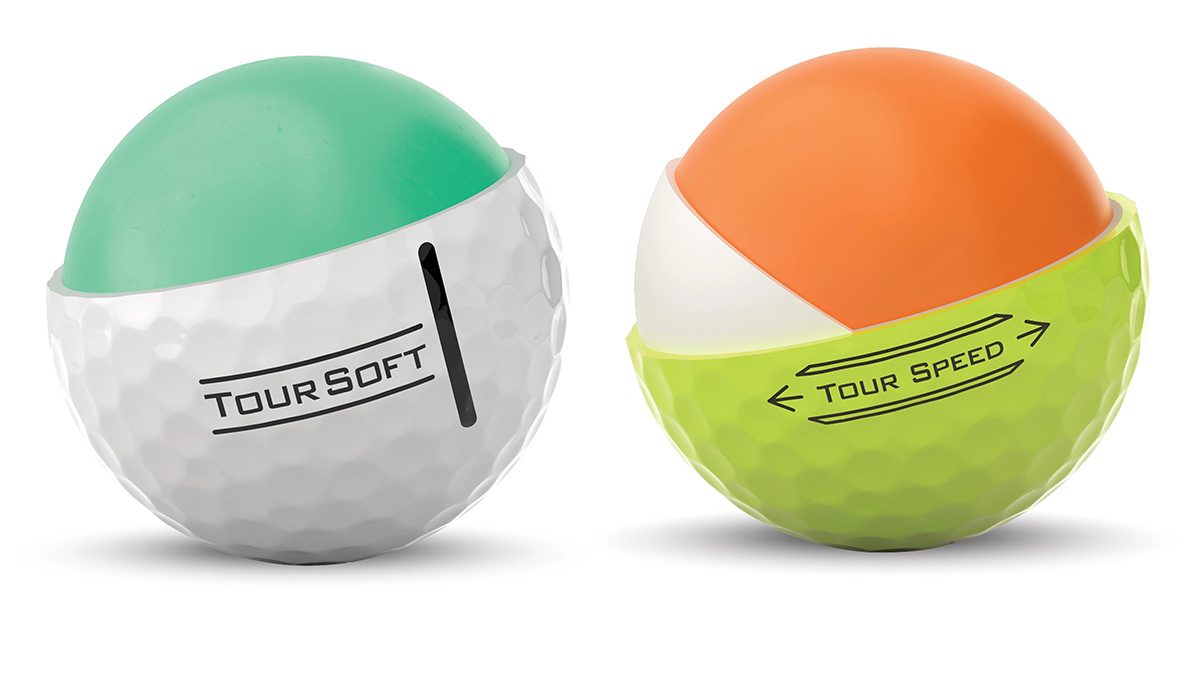Phil Mickelson, fresh off a third-round 67 at the 2015 Masters, was in the mix for his fourth green jacket. He was alone in third and five behind Jordan Spieth. Mickelson spoke with the media that Saturday and was asked for his final-round game plan and, curiously, his wardrobe for Sunday at Augusta National.
“Well, I like to wear dark colors on Sunday,” he said. “I’ve won three times here wearing black shirts, so I’ll wear a black shirt tomorrow. It also helps me get more aggressive. Studies have shown, like NFL teams, when they wear black, they have more penalties. That’s what I need to do tomorrow is play more aggressively.”
Color psychology is not new in marketing, branding or sports. It’s been the subject of countless studies, yet unlocking its true potential is very much an individual pursuit.
We’ll get back to Mickelson in a second. But for now, fast forward from 2015 to the summer of 2020. That’s when the idea for this article first popped up. When I play golf poorly (which happens often), the superstitious part of me likes to change things up. Usually that means tweaking my Sharpie mark on my ball. It’s always black, but sometimes out of desperation (in a quest for optimism) I’ll alter its shape ever so slightly. A thicker line along the side. Maybe an arrow. Sometimes I’ll add a dot. (We’ll do anything — logical or not — for birdies.)
[Golfers] need to have the self-awareness to recognize what emotional state helps them perform best and which color is most likely to help them achieve that emotional state.
Surely the type of mark I scribble on my ball doesn’t aid me in hitting the ball straighter or farther, but could I get hot with one specific mark, gain confidence and trick my mind into believing that mark helps me play better? That’s always the hope. Forget physical; I’m looking for a mental edge.
This practice led to another thought: What about the color of my mark? What if I play better when etching a red line? Or blue? Or maybe green or yellow or orange? That’s when I thought of Mickelson and his comment about playing aggressively when wearing black, and I decided to dig deeper. I called in experts (no, not Phil) to find out if — consciously or subconsciously — the color of the mark on our golf balls affects our play. Would finding the right one for me make me play better?
“The color of a mark on a golf ball can definitely affect a player’s emotional state,” Amy Morin told me. She’s the editor-in-chief of Verywell Mind, a psychotherapist and an international bestselling author of books on mental strength. A good person to bounce questions off. She continued, “In turn, their mood can impact how they think and ultimately, how they perform.”
Morin explains that some colors are thought to impact people in similar ways, while others are based off personal subjective experiences.
“Some golfers may do best when they have a little extra adrenaline rush, so seeing a bright red or orange dot might give them extra energy and put them in the perfect state to do their best,” she says. “Another golfer may do better when they feel calm. A green mark that reminds them of nature or a blue mark that reminds them of a peaceful water scene might help them perform at their peak.
“So the color of the dot or dash on a golf ball could be one more opportunity for players to gain a competitive edge. But they’d need to have the self-awareness to recognize what emotional state helps them perform best and which color is most likely to help them achieve that emotional state.”

So, different colors mean different things for different people. Dr. Joseph Parent is a mental coach and the author of “Zen Golf,” and he’s worked with hundreds of pros, including Vijay Singh and Cristie Kerr during their ascents to world No. 1. Parent is an expert on psychology in general, particularly perception and performance psychology. Parent’s masters thesis at the University of Colorado focused on color and personality. A residential psychology program used colored and oddly shaped rooms and windows to help people study and identify their personalities. He says color psychology holds true on the golf course, too.
“Yes, it makes a difference, because color triggers emotions,” he says. “It’s really on an emotional level that you want to work with this. It works the emotional level and not the thinking-brain level. You won’t say, ‘Oh, red, I need red numbers.’ That’s not how it works.”
The caveat, though, like any golf tip, is that it might not work for everyone. And finding the right color that triggers an ideal mental state isn’t about to alleviate all of your problems on the golf course. But just like a go-to swing thought or dialed-in driver, it can help. It’s just another tool. The key, Parent says, is you can’t go in skeptical, and you must be open to the possibilities. He says everyone operates in three modes — some more than others — which simplified are seeing, hearing and feeling. Jack Nicklaus, Parent explains, was masterful at visualizing shots (i.e., seeing). The people who thrive in a visual mode are more likely to have color influence their play.
“For those people, it can have a definite impact,” says Parent, who uses a purple mark on his ball because he likes the quality of richness it adds. Plus, few people use it, so it’s easier to identify. “You can think there’s going to be one shot during the round, at least, where they won’t be as uptight about and where they’ll make a little bit better swing and not hit it quite as far offline. It might not make a difference at all. But for visual people it might save two or three strokes, and for other people maybe half a stroke. The more visual you are, the more impact it will make.”
OK, so here’s the tricky part. If colors mean and trigger different emotions for everyone, how do you know which colors trigger the mental state and emotions you seek, potentially leading to better, more enjoyable golf rounds? To find out, Parent says he might ask a golfer about a color and then discuss it with them. What are you thinking? What emotions are you feeling? He encourages them to free-associate.
“So it really comes down to what the player needs,” Parent says. “If they are high strung, if they get emotional and want to cool down, they might need a color glove or clothing or line on their ball that’s calming. If they need to get pumped up — they are too robot-like and need some emotion and need fire in there — maybe an orange or red.”
But not everyone can meet with an expert. And while you could use simple trial-and-error — dissecting different rounds and scores while trying out different colors — that’s not an exact science, either. Parent suggests buying colored transparent plastic and holding up sheets of different primary colors in front of your eyes.
“Just look around; walk around and look at everything,” he says. This is where you have to buy in. “Be aware of your emotions and what you are feeling — how relaxed or uptight or peaceful or energetic you are. The colors have different energies that go with them, but you are looking in particular for what makes you feel less anxious and more at peace with yourself. Just put a little time in and notice if there is a difference.”
Will you be able to find the right color that maximizes your performance? That’s up to you to find out.
As for Parent, this topic reminds him of the tale of an old-time pro who was paired with a high-handicapper at a two-day pro-am. The amateur, keen on looking his best, was decked out in red for the first day. Red shirt, red shoes, red glove, red hat — you name it. He shot 98. The next day the red ensemble was substituted for head-to-toe blue. He shot 99.
At the end of the tournament, the amateur, looking for a solution to improve his game, asked the pro if he had any tips for him after watching him play for two days.
“Yeah,” the pro said. “I think you are a stroke better in red.”
Need help unriddling the greens at your home course? Pick up a custom Greens Book from our sister company GolfLogix.

